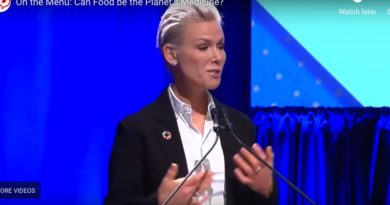Teen goes blind on junk food diet

Executive summary
Please login to view this content
Introduction
I received a call from BBC Radio Wales early on September 3rd. Would I take part in the breakfast show to talk about a teenager who had gone blind having eaten nothing but junk food all his life (Ref 1). The last time I was that shocked about a nutrition story was September 2015 when a 3-year old was diagnosed with Type 2 Diabetes (Ref 2). This ‘blind teen’ story obviously shocked people around the world, as it was picked up from the US (Ref 3) to NZ (Ref 4).
The story
The story came to light following a medical case report published in the Annals of Internal Medicine (Ref 5). The boy, who has not been named, first presented himself to the medical profession with tiredness at the age of 14. The case report described him a “fussy eater,” but otherwise well and not on medications. He was also described as not overweight or underweight. Tests revealed low vitamin B12 and macrocytic anemia (the type of anemia normally associated with low vitamin B12). He was treated at that time with vitamin B12 injections and dietary advice.
By the age of 15 he had developed hearing loss and vision problems. Doctors didn't think to ask what he was eating. Over the next two years, the boy's vision got progressively worse until, at the age of 17, his sight was so bad that he met the threshold for "legally blind." The teen still had low levels of vitamin B12 and low levels of copper, selenium, calcium and vitamin D. His bone nutrient deficiencies were so bad that he had lost minerals from his bone.
It would appear that only when confronted with many nutrient deficiencies did doctors ask the teen about his diet. The boy shared that, since primary school, he had only eaten certain foods because he didn't like certain textures. He would eat fries/chips, what we Brits call crisps – Pringles – and white bread. Occasionally he would have a sausage or a slice of processed ham. Supplements were then recommended by the boy’s doctors. These have prevented further sight loss, but the damage that has already been done can’t be repaired.
The rest of this article is available to site subscribers, who get access to all articles plus a weekly newsletter.
To continue reading, please login below or sign up for a subscription. Thank you.




